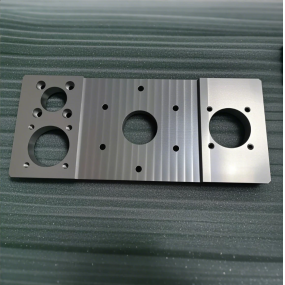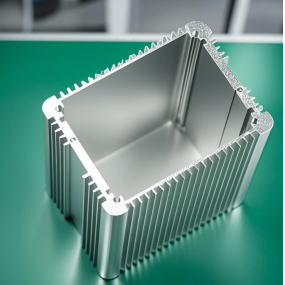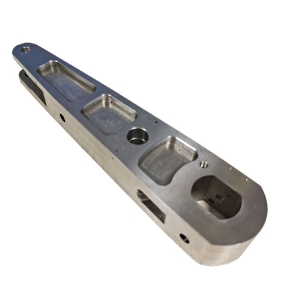With the requirements of modern industrial development, future panels will further move towards composite and functional directions. Due to the increasing emphasis on environmental protection in society, coated sheets and lightweight materials such as aluminum alloy sheets for automobiles will be more widely used, but traditional spot welding technology has greatly hindered this development. Therefore, how to handle the connection problem of these new types of sheets well is not only crucial for the widespread application of these sheets in precision stamping parts processing factories, but also crucial for improving the quality and reducing costs of modern industrial products.
The commonly used connection methods for stamping parts in precision stamping factories include:
1. Bite joint connection: Bite joint connection is a method of connecting the edges of stamped sheet metal by folding and pressing them together. Bite joint connection does not require special equipment, and it has good fineness and is very reliable. It is commonly used in sheet metal structures with a thickness of less than 1MM, such as the common iron copper joint method;  2. Riveting: When precision stamped parts cannot meet the expected requirements. It is commonly used to connect two parts into one, which is what we call welding. The most commonly used welding methods are argon arc welding, electric welding, gas welding, etc; Riveting is a non removable connection method formed by rivets. The structure of riveting has the characteristics of uniform and reliable force transmission, resistance, good plasticity, and easy maintenance. Therefore, it is used for the connection of certain dissimilar metals and welding metals (such as aluminum alloys);
2. Riveting: When precision stamped parts cannot meet the expected requirements. It is commonly used to connect two parts into one, which is what we call welding. The most commonly used welding methods are argon arc welding, electric welding, gas welding, etc; Riveting is a non removable connection method formed by rivets. The structure of riveting has the characteristics of uniform and reliable force transmission, resistance, good plasticity, and easy maintenance. Therefore, it is used for the connection of certain dissimilar metals and welding metals (such as aluminum alloys);
3. Screw connection: generally used for detachable structures, characterized by simple construction, easy assembly and disassembly, low cost, and wide application;
4. Pre embedded connection: It is to press screws, bolts or nuts into precision stamped parts. Pre embedded bolts generally do not have any problems because they are specially designed with a groove above the hexagonal head. When the hexagonal head is pressed in, the material on the board will squeeze into the groove and can be fixed on its own. But screws are different. Generally, the screws we choose are not specially made and do not have kneading grooves. Therefore, when the screw is pressed in, there is no place for the kneading material to go. Due to the kneading of the material, it is difficult to control the perpendicularity between the screw and the sheet metal plane. So, when installing other parts, it is often difficult to assemble, and the longer the screw, the more difficult it is to control. At this point, there is no need to use pre embedded forms, it is better to directly connect them with screws.
This article is from EMAR Mold Co., Ltd. For more EMAR related information, please click: www.sjt-ic.com,


 Spanish
Spanish Arabic
Arabic French
French Portuguese
Portuguese Belarusian
Belarusian Japanese
Japanese Russian
Russian Malay
Malay Icelandic
Icelandic Bulgarian
Bulgarian Azerbaijani
Azerbaijani Estonian
Estonian Irish
Irish Polish
Polish Persian
Persian Boolean
Boolean Danish
Danish German
German Filipino
Filipino Finnish
Finnish Korean
Korean Dutch
Dutch Galician
Galician Catalan
Catalan Czech
Czech Croatian
Croatian Latin
Latin Latvian
Latvian Romanian
Romanian Maltese
Maltese Macedonian
Macedonian Norwegian
Norwegian Swedish
Swedish Serbian
Serbian Slovak
Slovak Slovenian
Slovenian Swahili
Swahili Thai
Thai Turkish
Turkish Welsh
Welsh Urdu
Urdu Ukrainian
Ukrainian Greek
Greek Hungarian
Hungarian Italian
Italian Yiddish
Yiddish Indonesian
Indonesian Vietnamese
Vietnamese Haitian Creole
Haitian Creole Spanish Basque
Spanish Basque











